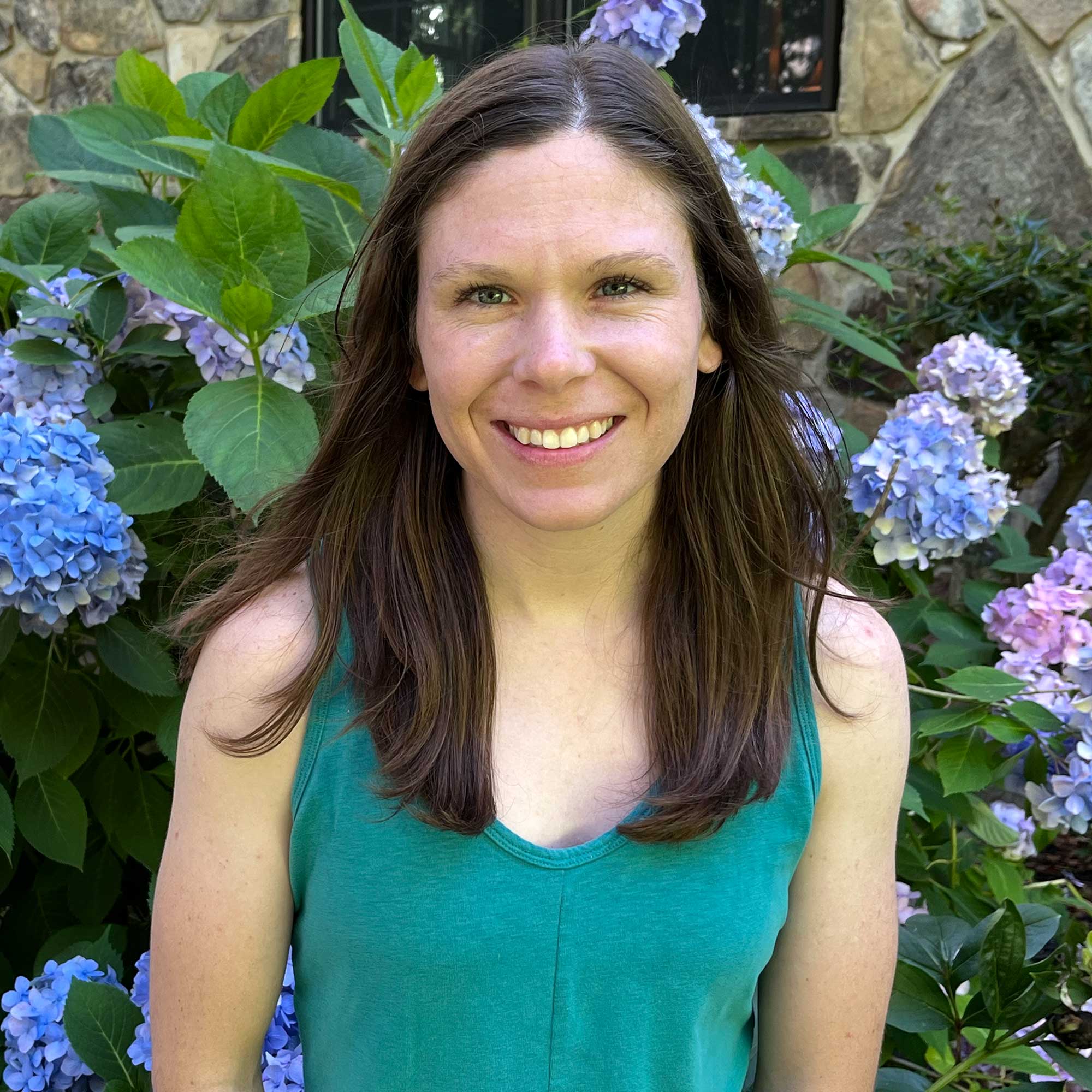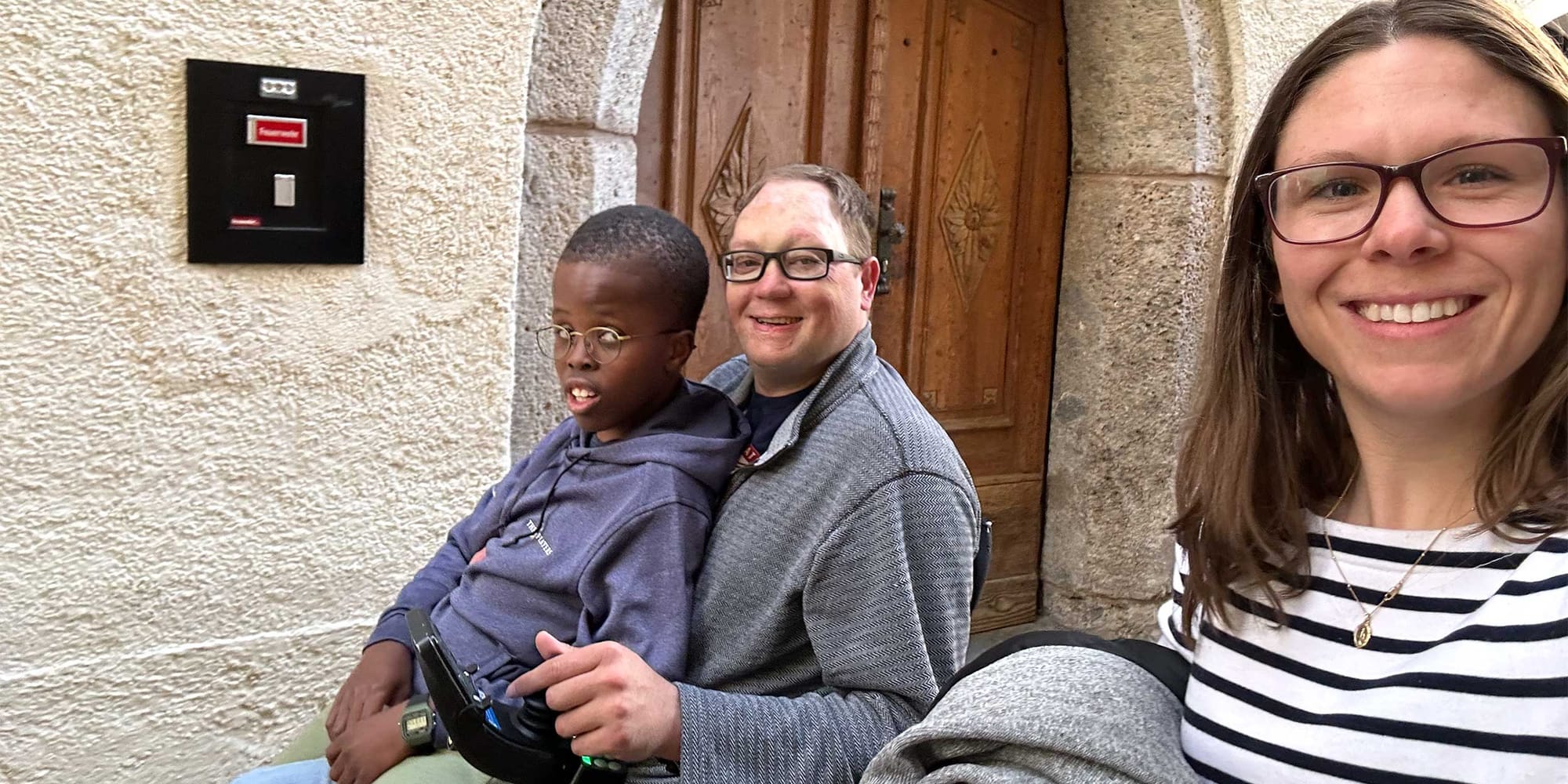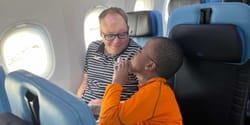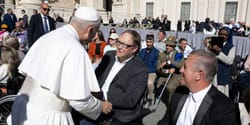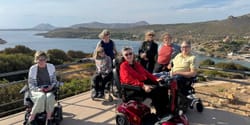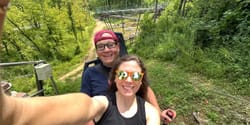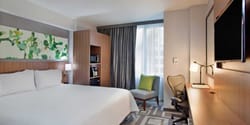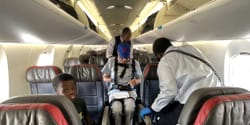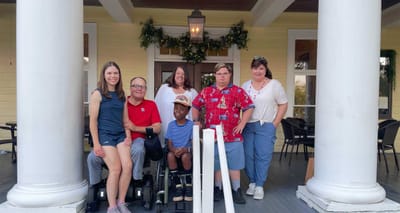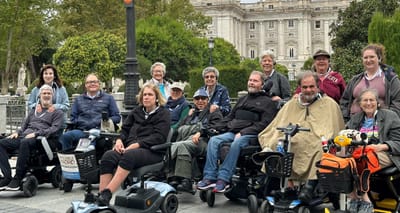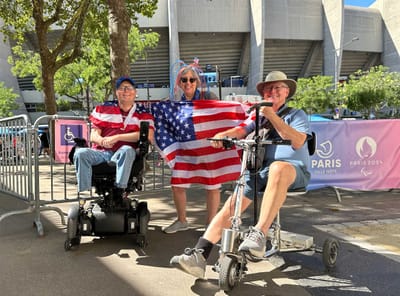After being unexpectedly separated for multiple days thanks to German rail operator Deutsche Bahn, we were excited to reunite as a family in the picturesque city of Innsbruck, Austria, which sits at an elevation of nearly 2,000 feet amid the northern chain of the Austrian Alps. The city is a popular destination for winter and alpine sports; it hosted the 1964 and 1976 Winter Olympics and the 1984 and 1988 Winter Paralympics.
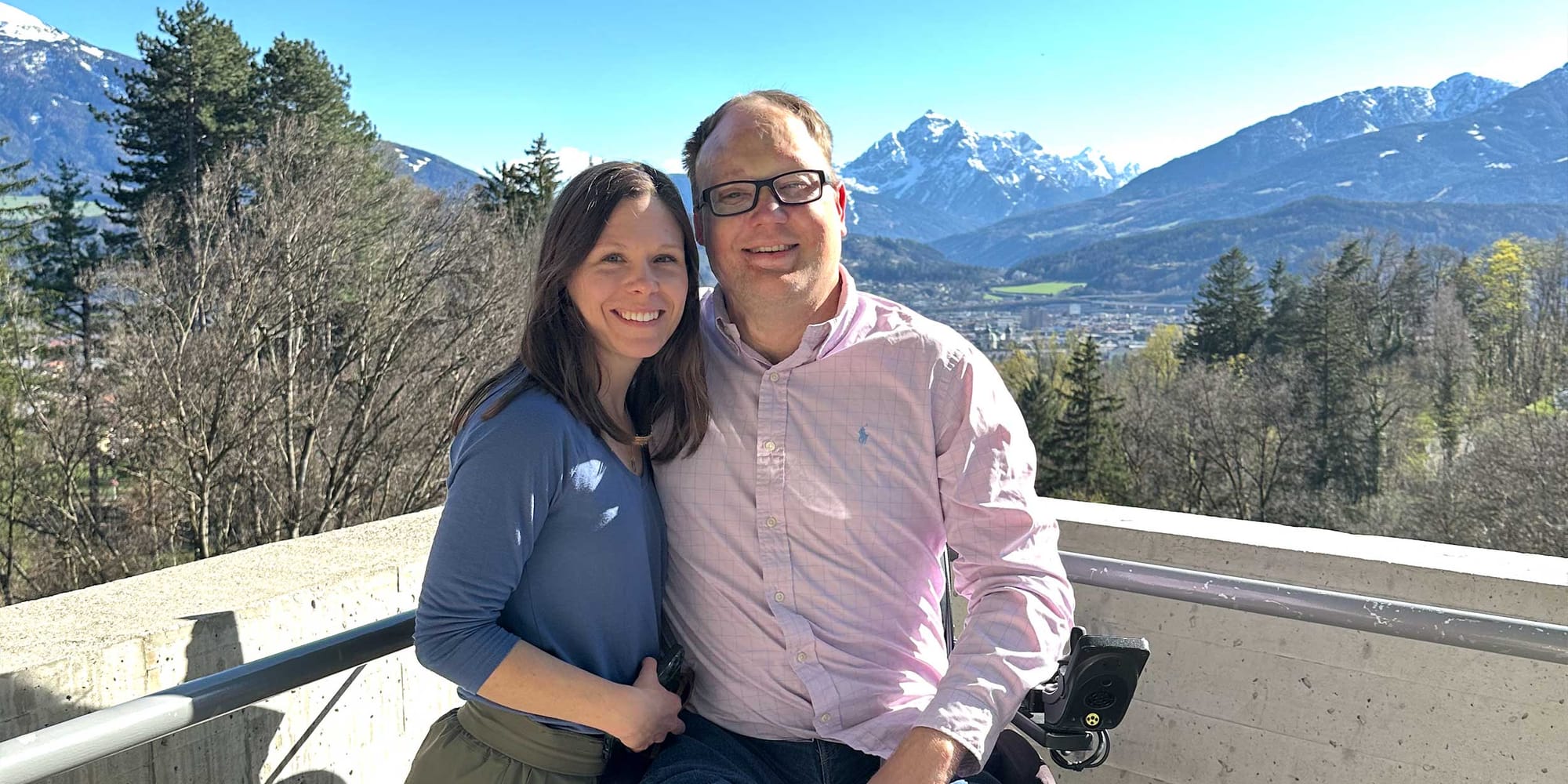
We spent three nights in the city and were joined by family (Stevie's sister, brother-in-law and their children). It proved to be a memorable weekend filled with fun (and family-friendly) activities, great meals and togetherness.
You're reading a free preview of a premium article reserved for paid members. To support our family's work to make travel accessible to everyone, and to get access to this full article and other premium content, please upgrade your subscription.
How we traveled to Innsbruck, Austria
We traveled to Innsbruck separately, from two different cities in Germany. Here's how we managed to make our way to Austria and reunite:
From Nuremberg, Germany to Innsbruck (John) — My journey started with an InterCity Express (ICE) train ride of about one hour from Nuremberg to Munich. There, I connected to the Railjet service, which is a high-speed train operated by Austrian Federal Railways (ÖBB). The Munich to Innsbruck portion took about two hours, for a total travel time of just over three hours. I had reserved a wheelchair accessible space and there was an accessible toilet onboard.
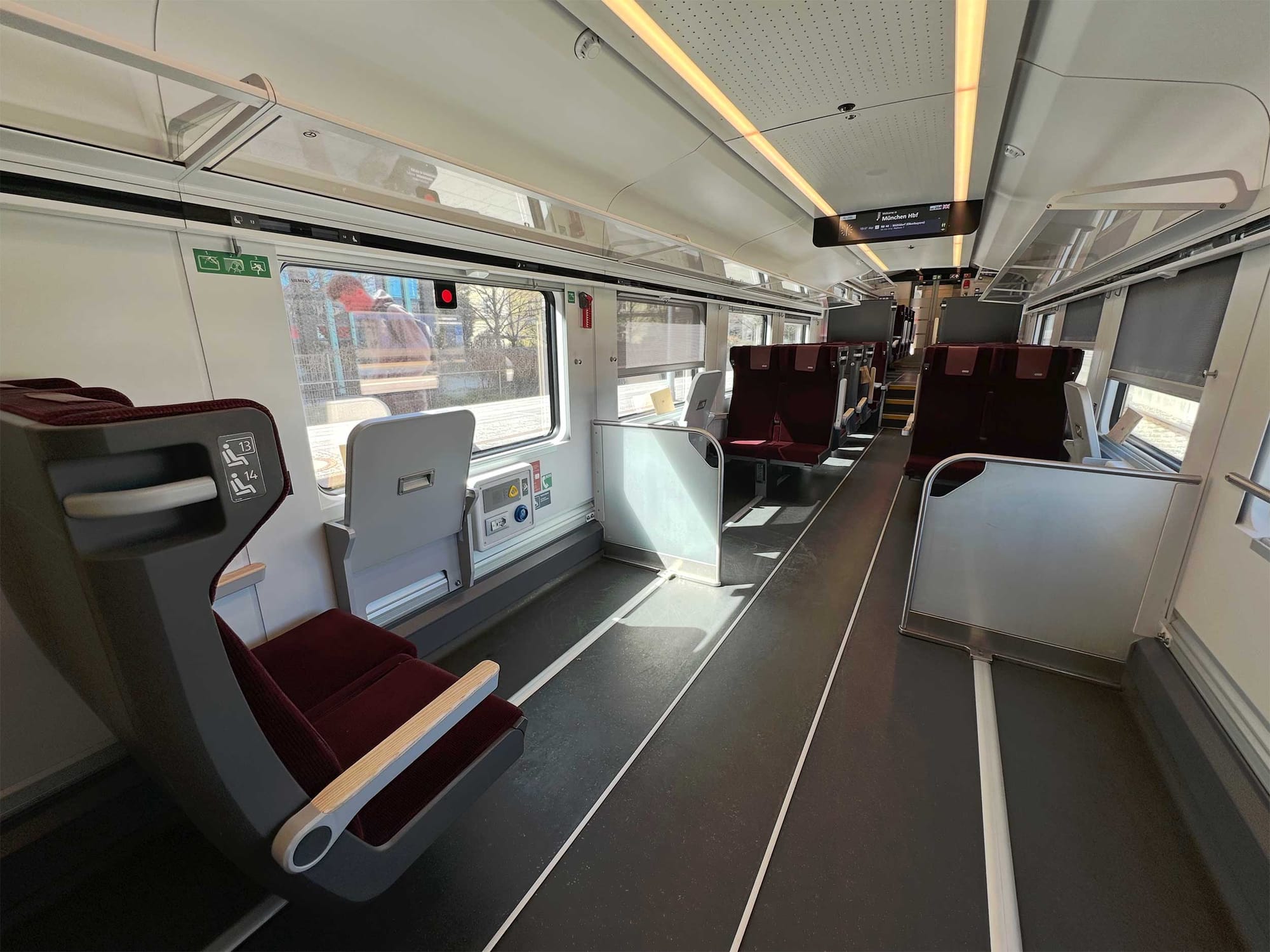

From Weiden, Germany to Innsbruck (Stevie and Robert) — Getting to Innsbruck took a lot of work considering the inaccessibility of the train station in Weiden. The local train we took had no designated wheelchair space. We connected to a more accessible train (Railjet) in Munich, but the wheelchair accessible train car was filled with luggage, so there was nowhere for Robert to get his wheelchair on board. Since he is able to walk, he boarded with my sister and sat with them while I had to stand in between train cars with the wheelchair.
Where we stayed in Innsbruck, Austria
We prioritized finding accommodation in the city center of Innsbruck — our search led us to the AC Hotel Innsbruck, which is part of the Marriott family of hotels. The modern hotel is located just a few blocks from the city's main train station and within walking distance of the old town.
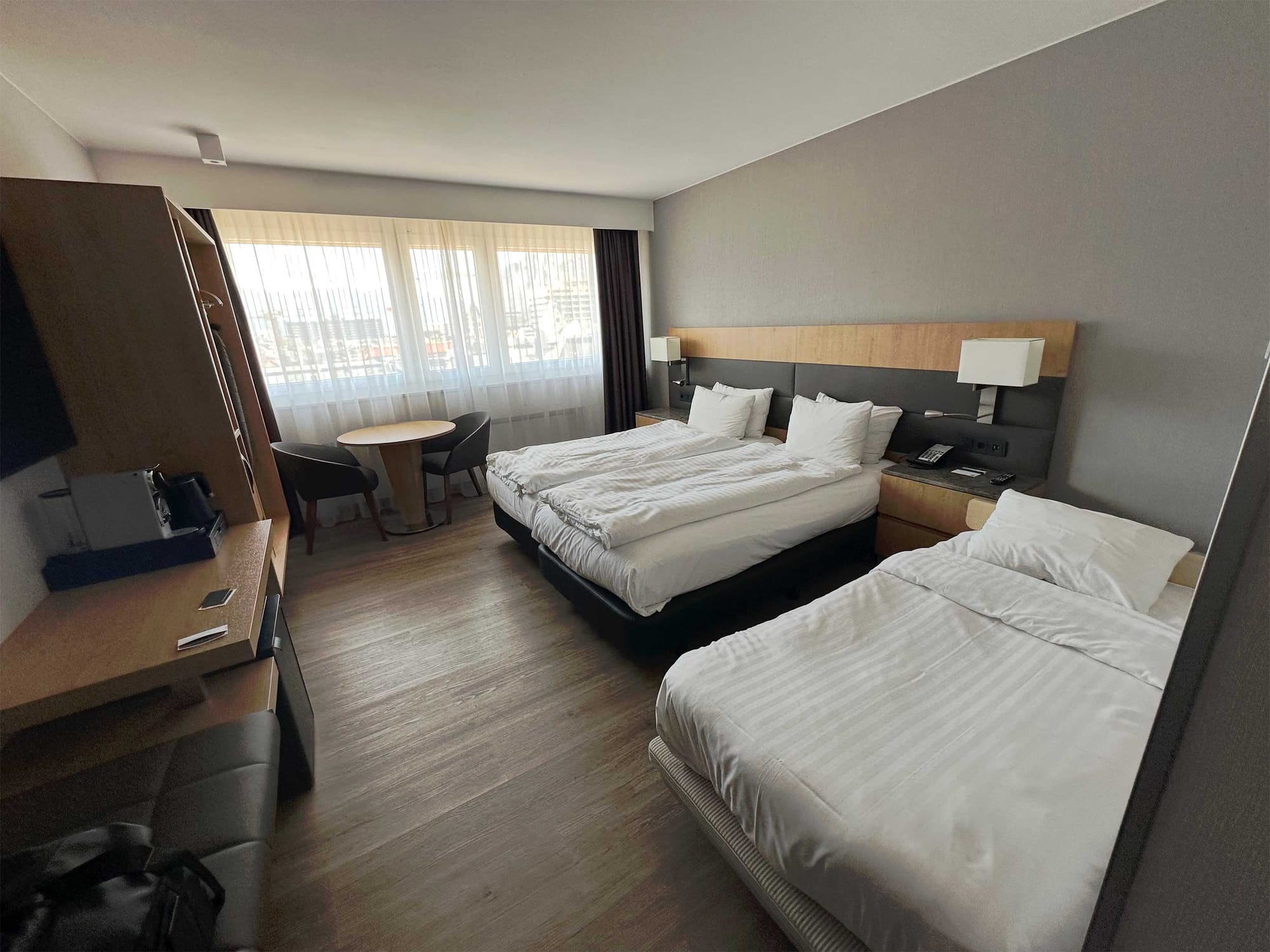
The room featured two double (more like, twin-plus) beds which were accessible on all sides. We needed an extra bed for Robert, and the hotel kindly provided a rollaway bed. The third bed fit easily, but the room was cramped with two wheelchairs maneuvering about!
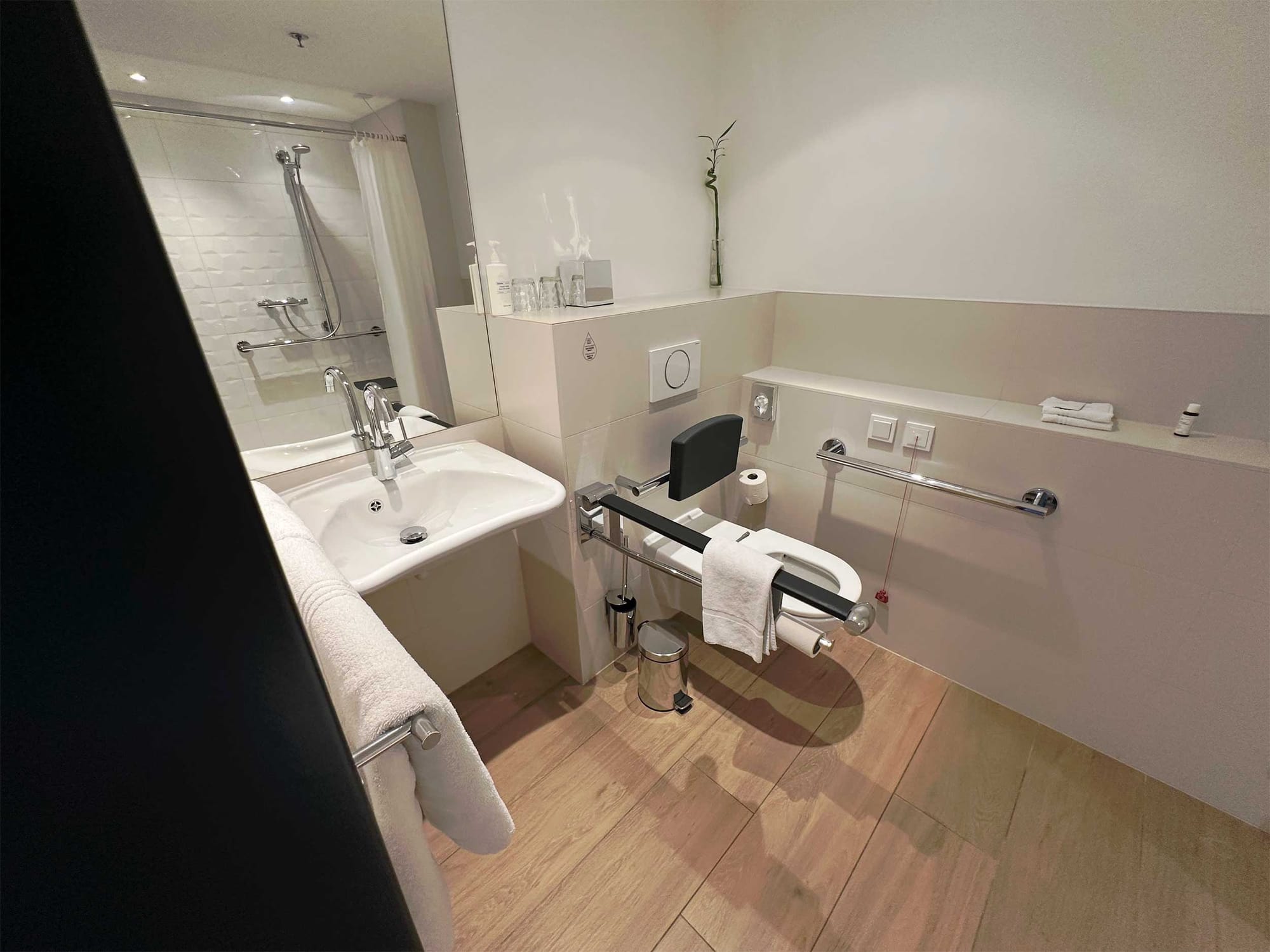
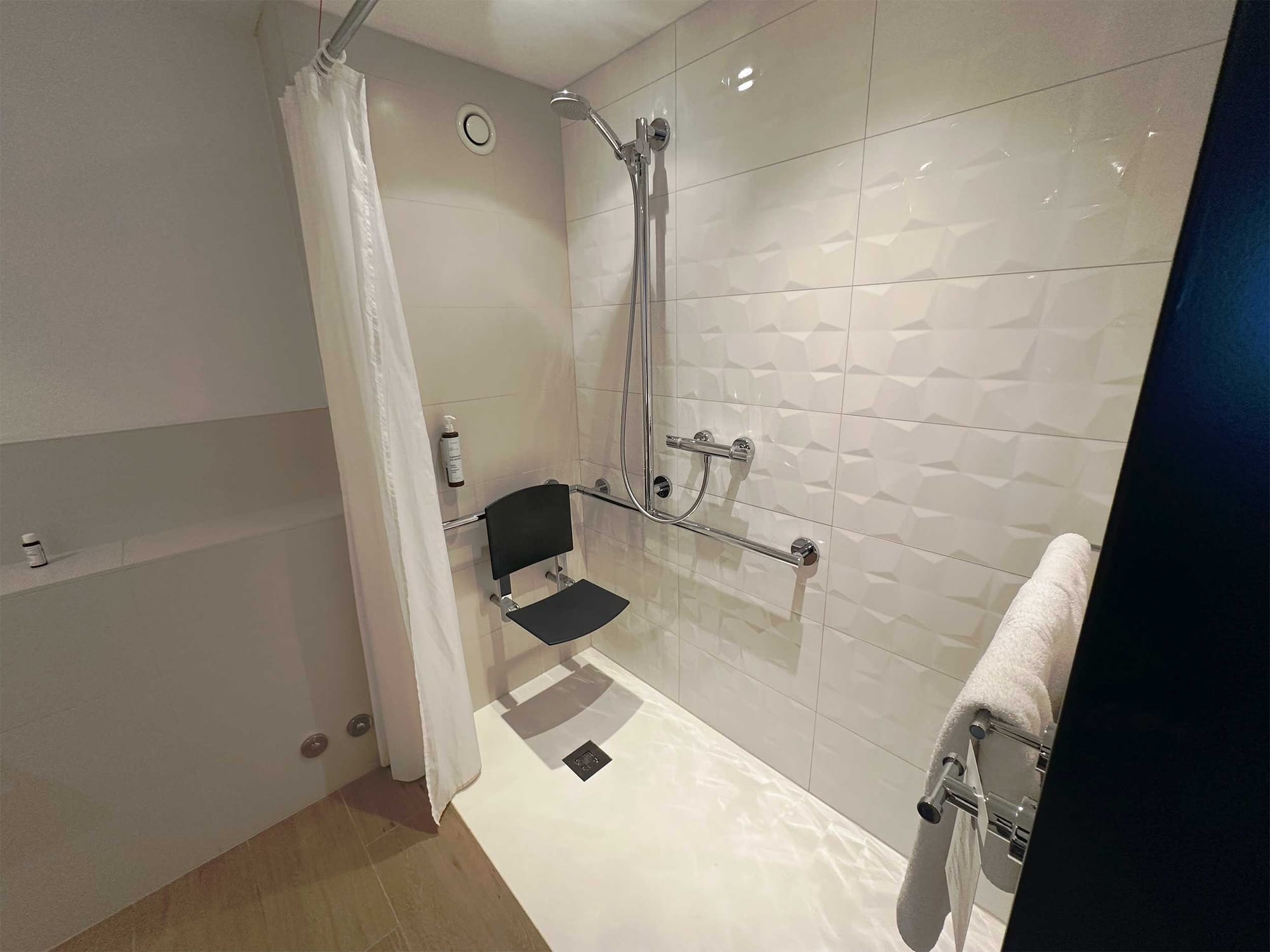
The adapted bathroom with a roll-in shower was excellently designed and met everyone's needs, with a wall-mounted shower seat, grab bars in the shower and alongside the toilet, and a roll-under sink. The AC Hotel Innsbruck served us well, and we recommend it to any wheelchair user visiting Austria!
What we did in Innsbruck, Austria
Our trip to Innsbruck was a relaxed one — we enjoyed meals in local restaurants, enjoyed wandering the city, stopped for ice cream every afternoon and visited just a handful of attractions. Our goal was to spend quality time together as a family!
Nordkette — Funicular & Cable Car to the "Top of Innsbruck"
Nordkette is a mountain range just north of the City of Innsbruck, and it is accessible via a funicular and cable car that are together referred to as the Nordkettenbahnen.
The funicular or Hungerburgbahn was opened in 2007 and travels from the old town of Innsbruck (Congress station) to Hungerburg, where a transfer to the Nordkette Cable Car is possible. There are two intermediate stops on the funicular, one of which provides access to the Alpine Zoo.
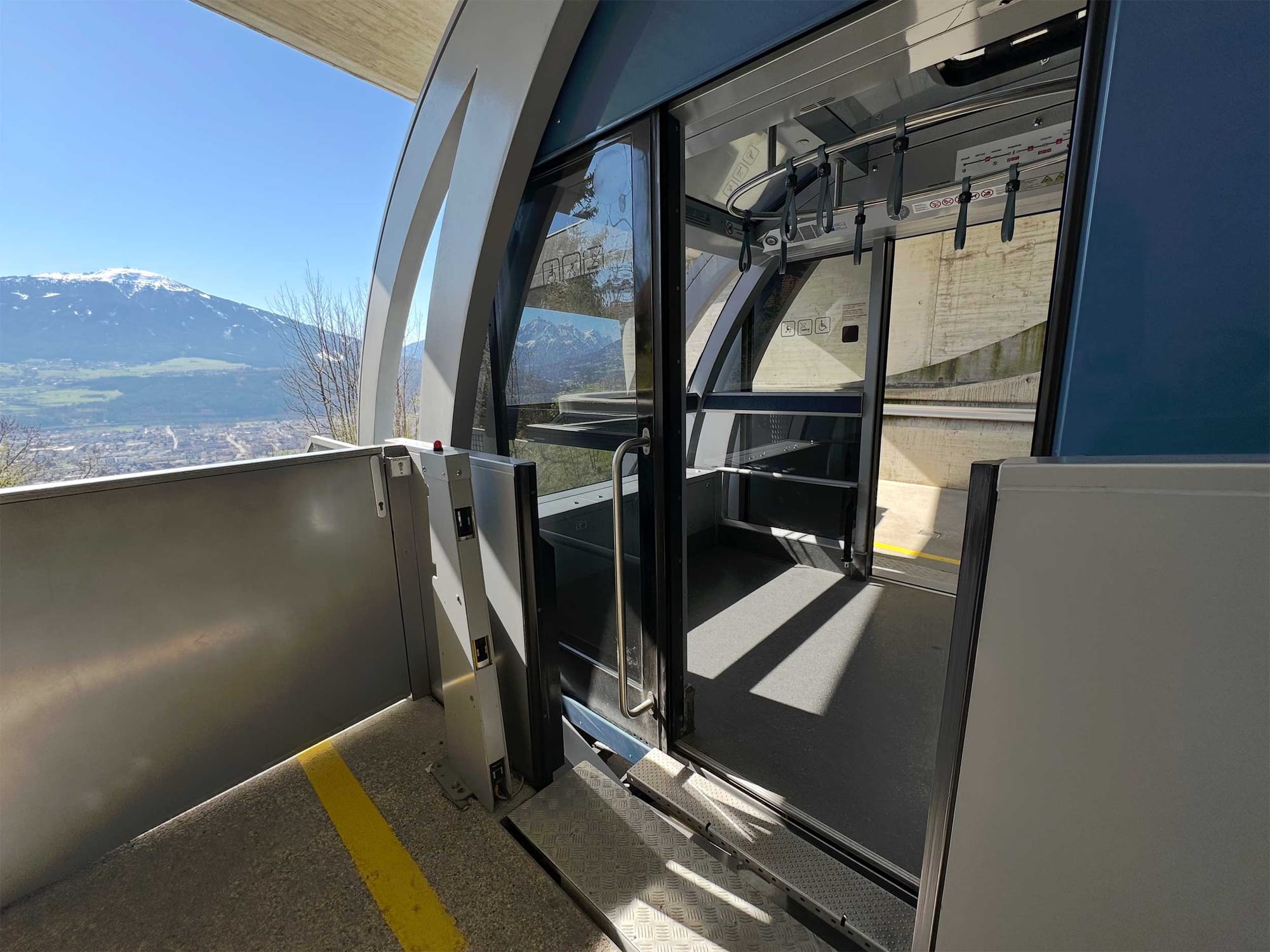
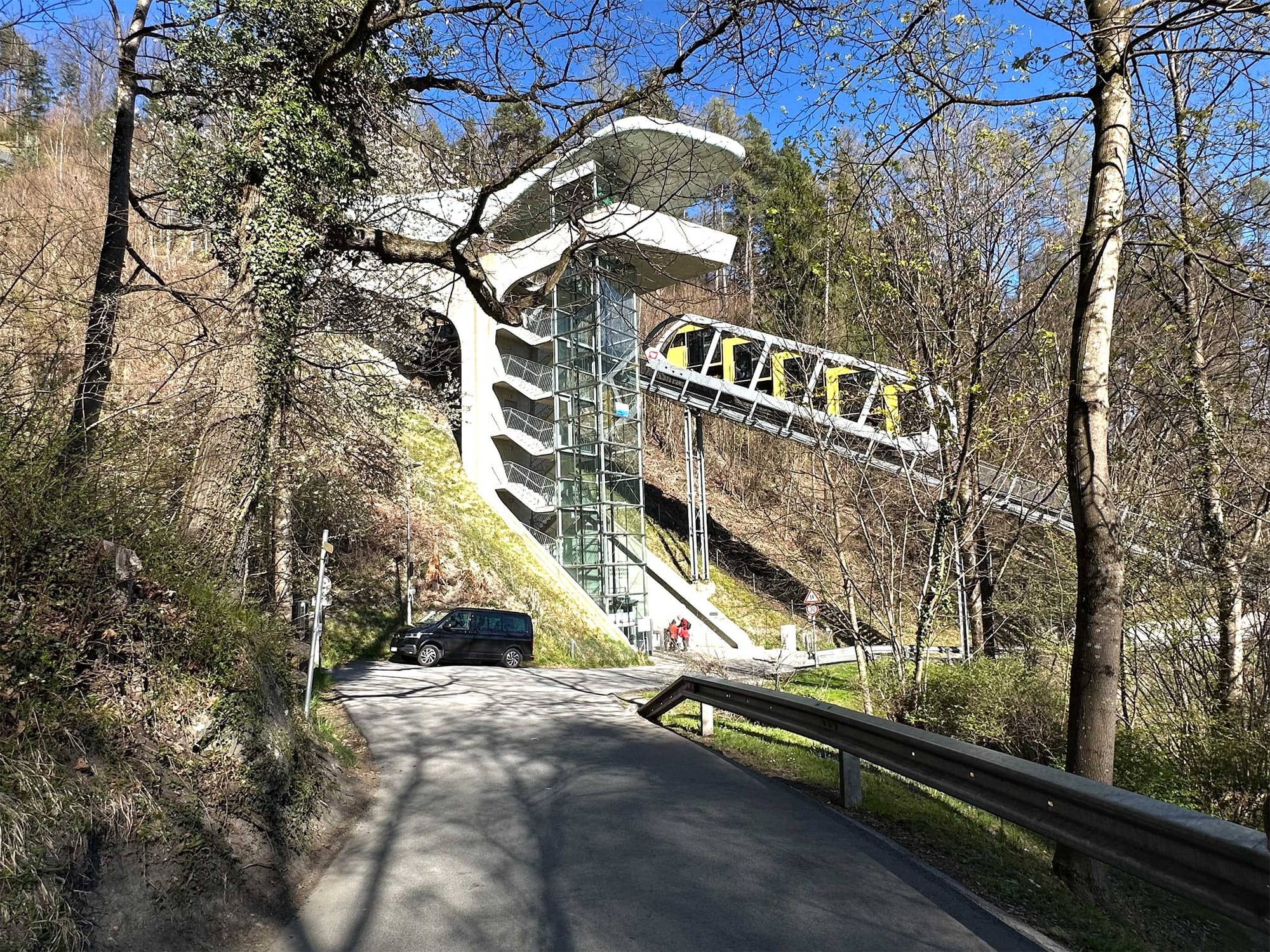
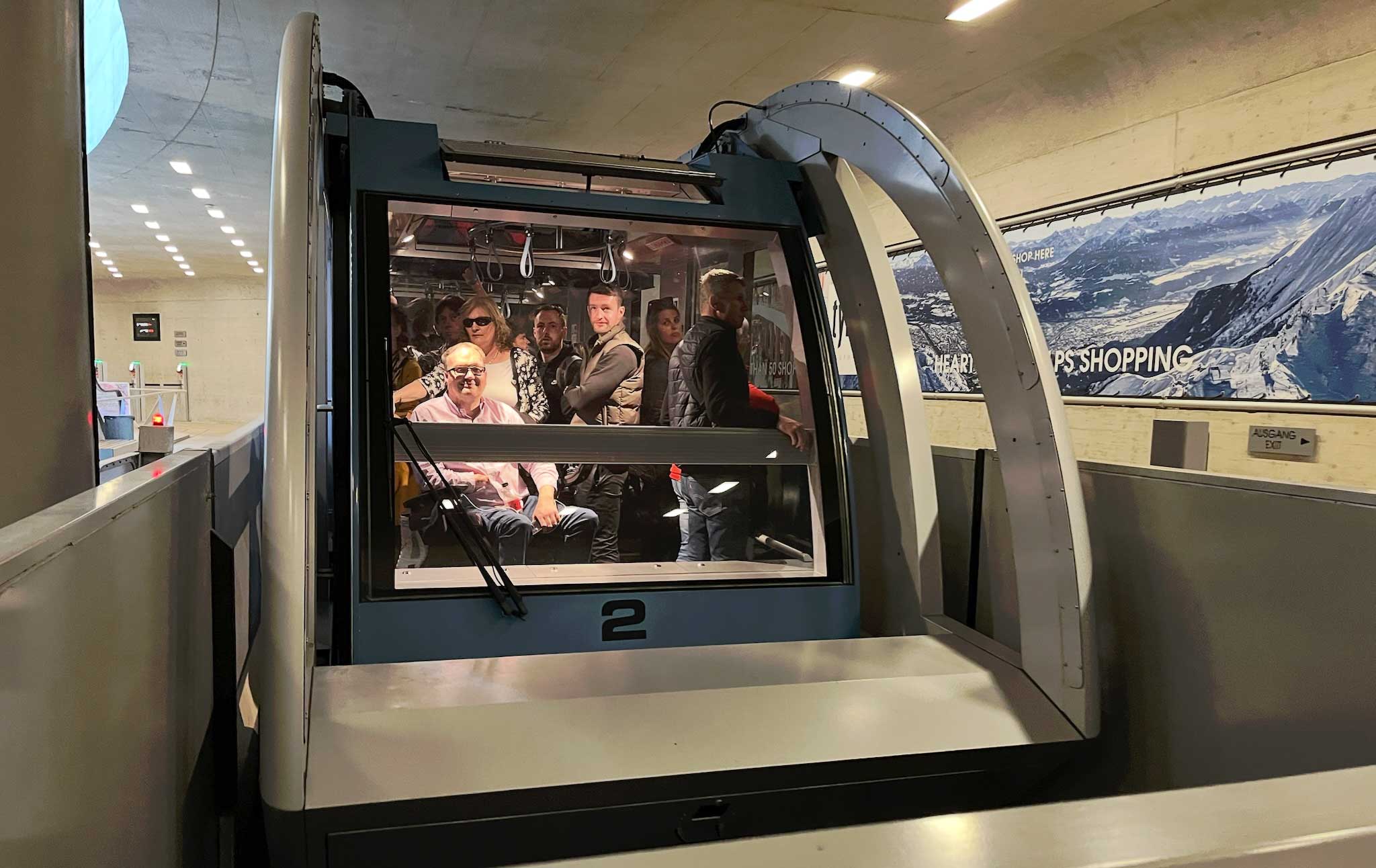
While the funicular has a designated car for wheelchair users with what is effectively level entry, we found many travelers who were unwilling to make space for us at the intermediate stations. We stopped at the zoo on the way down but, when we attempted to continue our return journey, we were forced to split into three groups as the funicular was full (with nondisabled people).
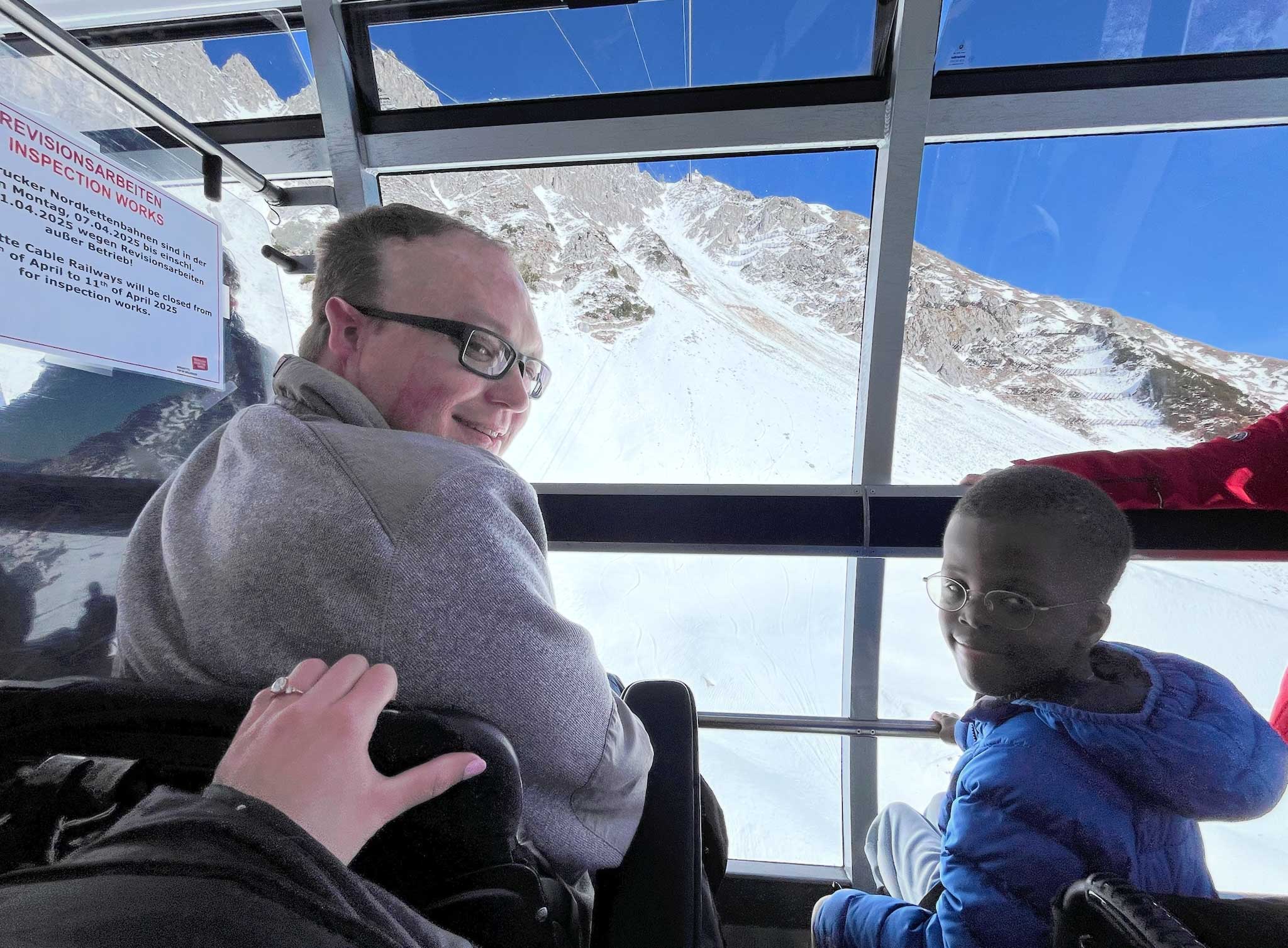
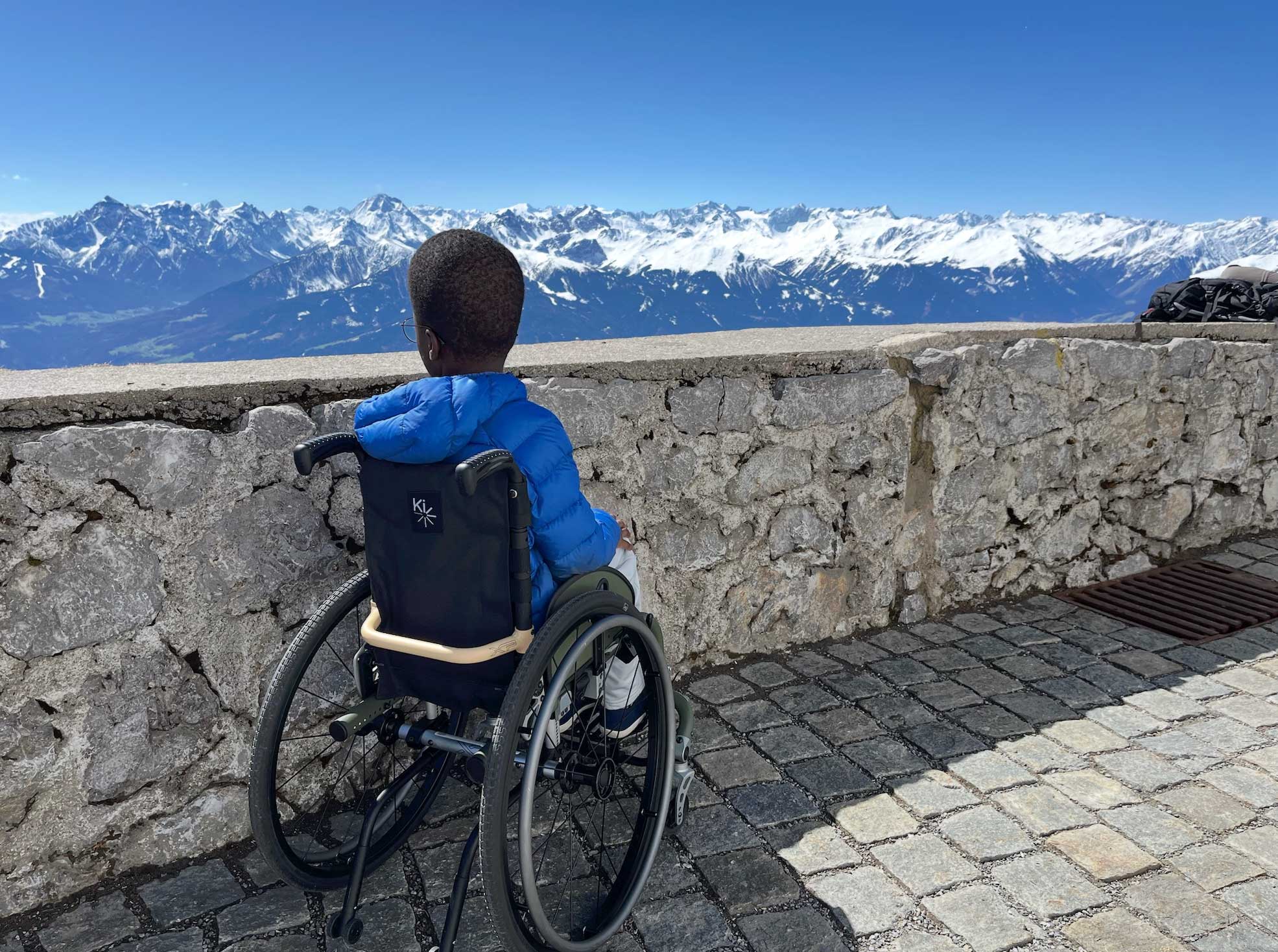
The cable car also had access, but boarding was chaotic — staff opened the gates and a mass of people swarmed the boarding area. We recommend "preboarding" for wheelchair users not only on airplanes, but on cable cars too!
After departing Hungerburg Station, we traveled to Seegrube Station, where there is a wheelchair accessible restaurant, bathrooms and a shop. The uppermost cable car station, Hafelekar, offers the best views from one accessible viewing area. Other viewpoints were located up a set of stairs or via a rocky hill with no lift.
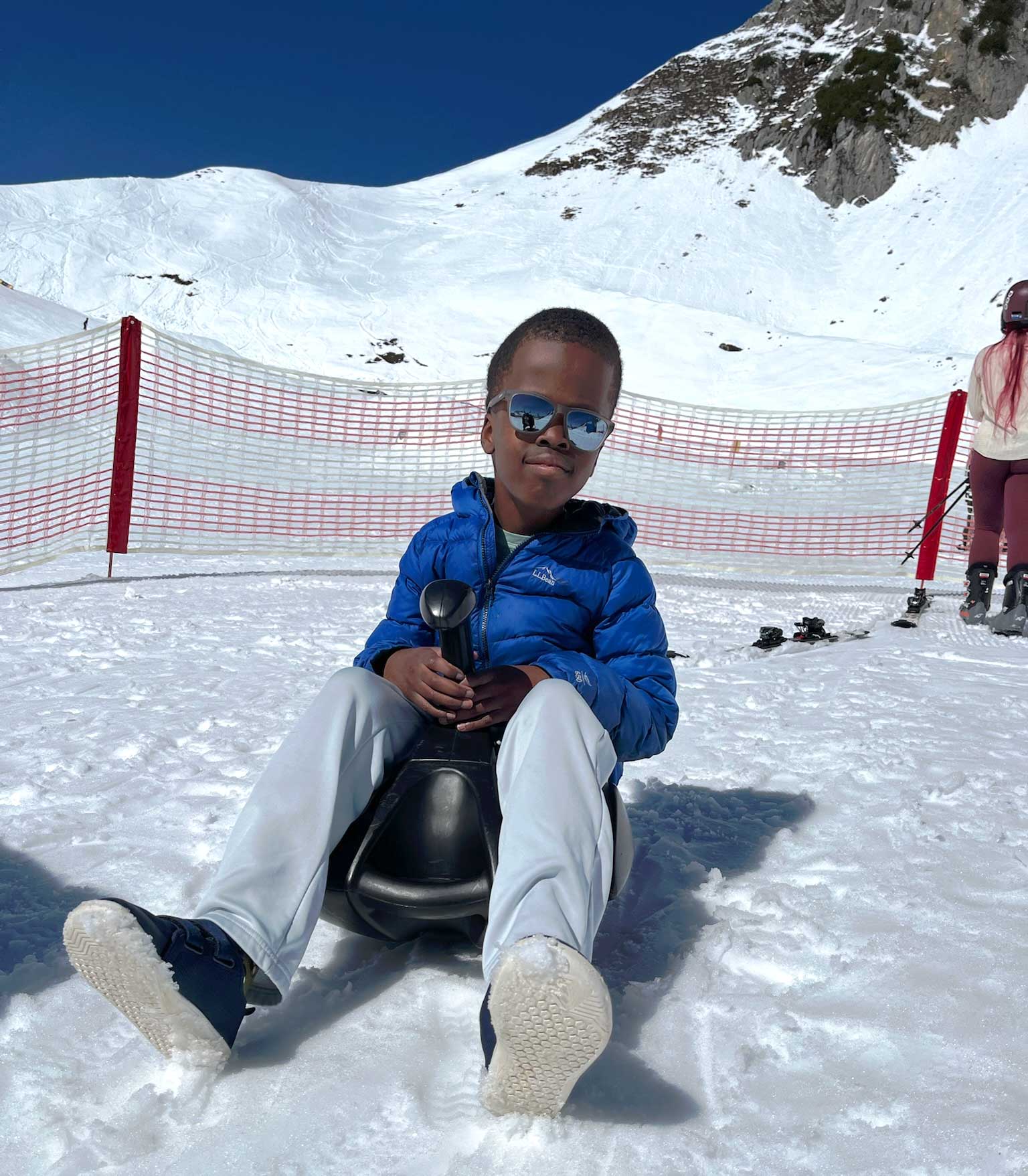
Also at Seegrube Station is a ski and snowboard hill that is open to the public free of charge — Robert took a turn on the children's sledding hill. Wheelchair users could theoretically participate with assistance from a companion, however there were no specific accessibility accommodations which is a missed opportunity in our opinion.

